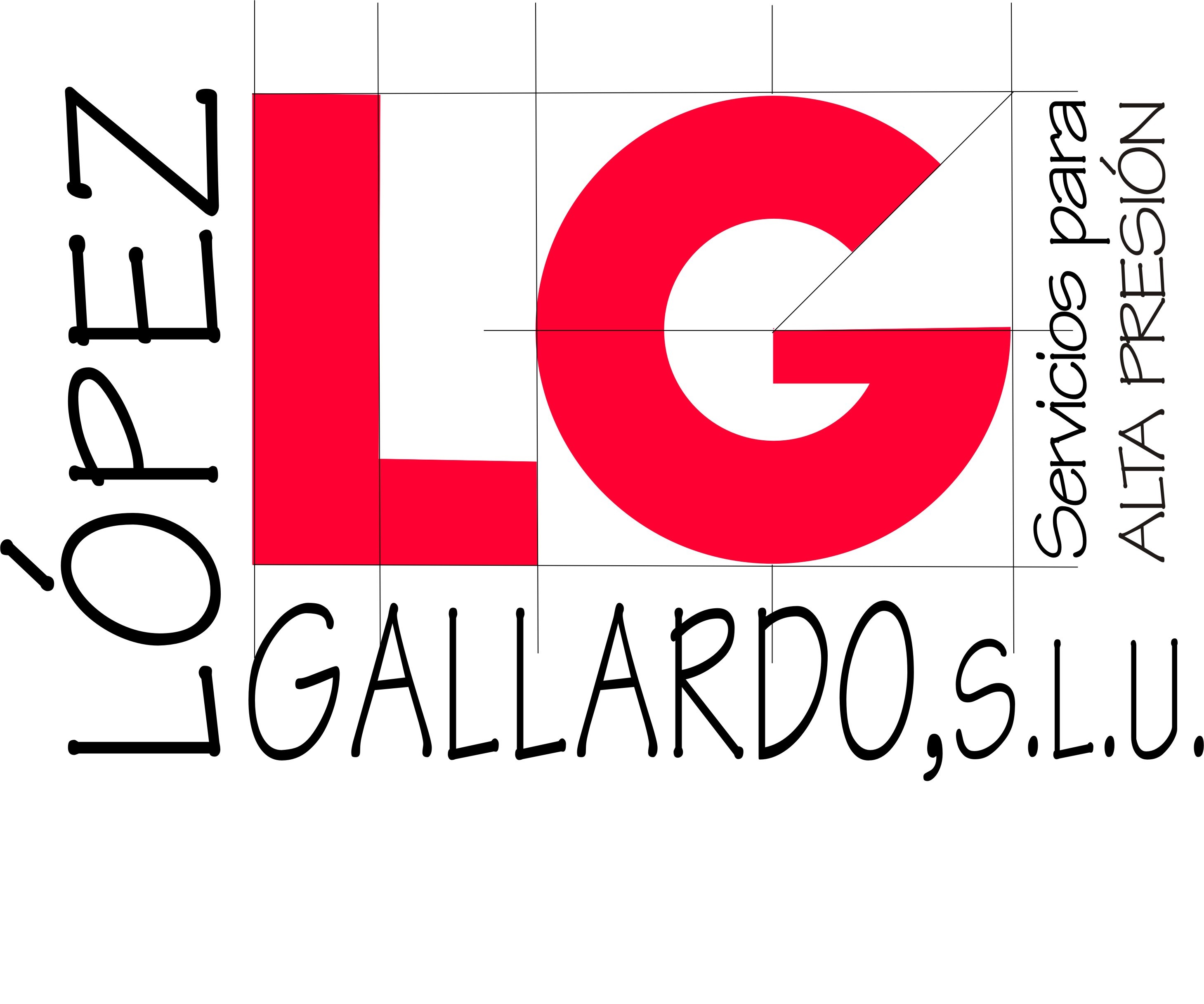best paydayloan
Bankcorp stopped providing loans that are payday-like
This notion has been in existence since at the very least 2005, whenever Sheila Bair, before her tenure during the FDIC, published a paper arguing that banks had been the solution that is natural
But which was significantly more than a ten years ago. “The problem was intractable,” Bair says. Back in 2008, the FDIC started a two-year pilot system encouraging banking institutions to help make small-dollar loans having an annualized interest-rate limit of 36 %. However it didn’t lose, at the least in component due to the time necessary for bank workers, that are compensated significantly more than payday-store staffers, to underwrite the loans. The concept can be at chances with a different sort of mandate that is federal because the financial meltdown, bank regulators have now been insisting that their fees simply just just take less danger, no more. After recommendations granted because of the FDIC therefore the working office of the Comptroller associated with Currency warned associated with risks involved with small-dollar financing, Wells Fargo and U.S.
An even more nefarious concept is banking institutions presently make serious cash on a payday-lending alternative that currently exists—namely, overdraft security. One research carried out by the customer Financial Protection Bureau unearthed that debit-card that is most overdraft charges are incurred on transactions of $24 or less, and produce a median charge of $34. Why would banks would you like to undercut this kind of rich way to obtain earnings?
In terms of credit unions, although a few have experienced success offering little, short-term loans, numerous have trouble with regulators, with reputational danger, along with the price of making such loans. “We are typical cognizant that individuals must do it, however it is extremely difficult to work a business model out that actually works,” claims Tom Kane, the president associated with Illinois Credit Union League. The credit-union industry is small—smaller altogether, Kane points out, than JPMorgan Chase, Bank of America, or Wells Fargo alone in any event. “The scale is not here,” he states.
Elizabeth Warren has endorsed the idea of the Postal provider partnering with banking institutions to provide short-term loans
But even some other opponents of payday lending think that’s unfeasible. A sociology professor at Yale, pointed out that doing this would require the Postal Service to have a whole new infrastructure, and its employees a whole new skill set in a New York Times op-ed last fall, Frederick Wherry. Another alternative would appear to be online organizations, simply because they don’t have the storefront overhead. Nevertheless they could have trouble handling customer fraudulence, as they are themselves hard to police, so they really may from time to time evade state caps on interest levels. Up to now, the prices charged by numerous online loan providers be seemingly greater, perhaps maybe maybe not reduced, than those charged by old-fashioned loan providers. (Elevate Credit, which states this has a classy, technology-based means of underwriting loans, brags that its loans for the “new middle income” are half the price of typical payday loans—but it really is selective with its financing, but still charges about 200 % yearly.) Promising ideas that are out-of-the-box simply put, come in quick supply.
Maybe a remedy of kinds—something that is way better, not perfect—could originate from more-modest reforms towards the payday-lending industry, instead of tries to change it. There clearly was some proof that smart legislation can enhance the continuing company both for loan providers and customers. This season, Colorado reformed its payday-lending industry by reducing the permissible costs, expanding the minimal term of financing to half a year, and requiring that a loan be repayable in the long run, in place of coming due at one time. Pew reports that 50 % of the payday stores in Colorado shut, but each store that is remaining doubled its consumer amount, now payday borrowers are having to pay 42 per cent less in charges and defaulting less often, without any decrease in usage of credit. “There’s been a debate for twenty years about whether or not to allow lending that is payday perhaps perhaps not,” says Pew’s Alex Horowitz. “Colorado shows it could be much, definitely better.”
Perhaps that’s about just like it gets regarding the fringe. Outrage is not hard, and outrage is payday loans in South Carolina warranted—but perhaps lenders that are paydayn’t be its main target. The thing isn’t simply that individuals who desperately require a $350 loan can’t get it at an inexpensive price, but that progressively more individuals need that loan within the place that is first.

